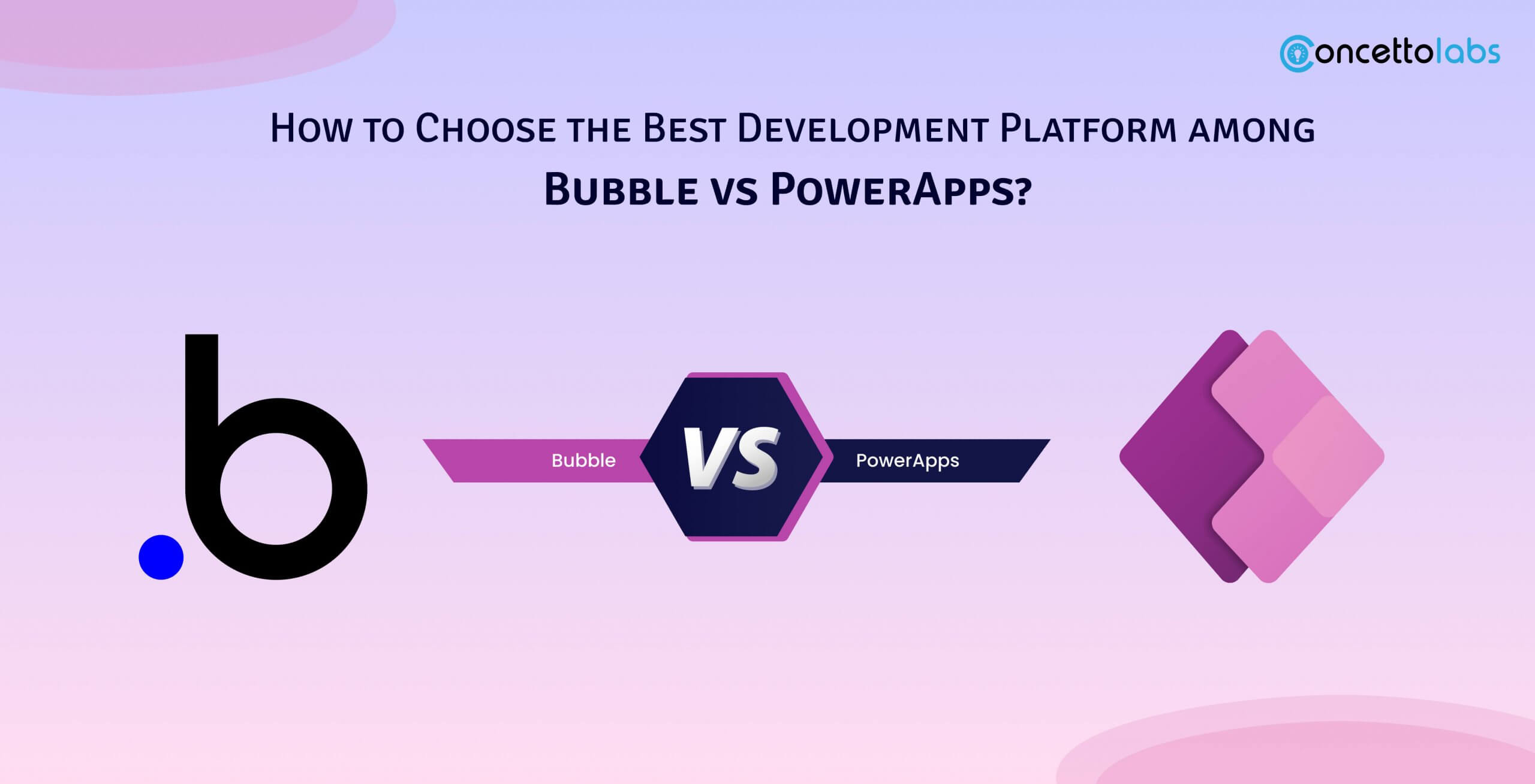
Quick Summary: This blog “PowerApps vs Bubble- Choose No-Code Development Platform” compares Microsoft PowerApps and Bubble, highlighting their features, ease of use, customization capabilities, and suitability of different business needs, helping users decide the best app development platform for their projects. Read on the blog to learn more…
Businesses now need quick data, choices, and results. Because of this, it is evident that rapid development environments are necessary in the fast-paced corporate environment of today. By embracing change and iteration, agile methodologies encourage software development and enable firms to compete with competitors. These settings shorten time-to-market by encouraging ongoing trial and original creation. Choosing the app development platform for your company is a challenging task.
Microsoft introduced PowerApps to streamline and expedite the app development process. But a few questions will still hit the head hard.
How does Bubble.io stack up against PowerApps, though? Which approach do you choose—a well-liked one like Bubble.io, or something more specialized like PowerApps?
To help you decide, we will examine the advantages and disadvantages of both platforms in this blog. Now let’s get going!
What is a Bubble?
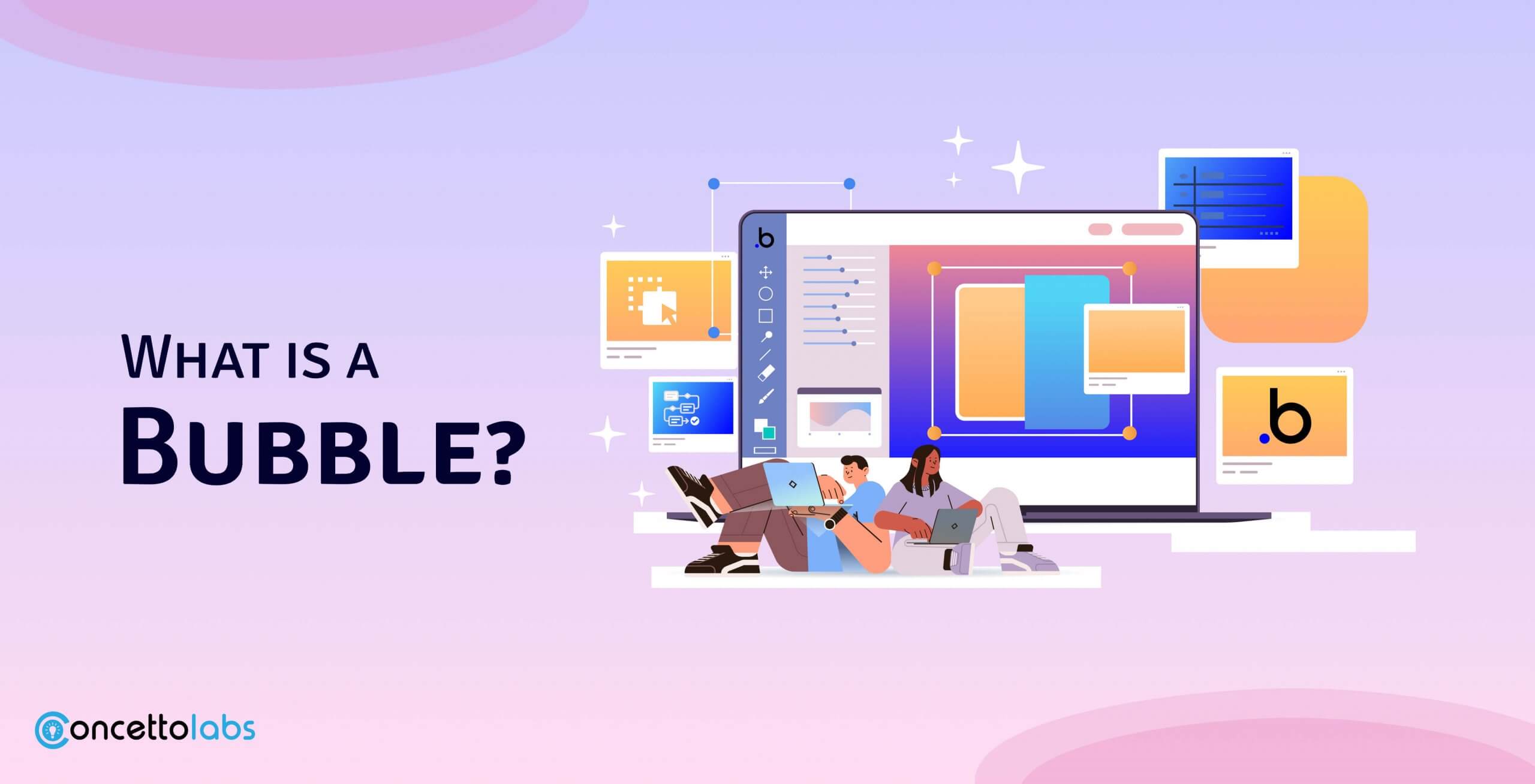
With Bubble.io, users can construct completely working online applications without the need for traditional coding, thanks to its website builder and visual programming tool. Along with a wide range of functions, such as database and third-party service integration, it has drag-and-drop capability. With Bubble’s platform, people and companies can easily and swiftly realize their ideas.
What are the Pros and Cons of Bubble?
| Pros | Cons |
| Advanced Customization
High levels of flexibility and customization are provided by Bubble, enabling users to design complex web apps that are suited to their own needs. |
Learning curve: Although using Bubble’s visual editor is simple at first, users who have little to no coding knowledge may find it difficult to become proficient in more advanced features and functionalities. |
| No coding necessary
Bubble’s “no-code” methodology does away with the necessity for conventional programming knowledge, making it usable by a variety of users—including people with little technical background. |
Scalability: You will undoubtedly need to switch to a dedicated server if you are in the process of moving a large amount of data. A potentially costly solution |
| Prototyping rapidly: Bubble offers a variety of pre-built templates and plugins that let users quickly iterate and prototype their app ideas, cutting down on expenses and development time. | Pricing Patterns Bubble has a free plan with basic capabilities, while subscription plans give more sophisticated functionality and customization choices. This may be expensive for individuals with limited funds or resources. |
| Strong community support:
Bubble boasts a lively user and development community that offers resources, plugins, and tutorials that are helpful in assisting new users. |
Platform dependence
Because Bubble is a cloud-based platform, users are reliant on its infrastructure and may have difficulties in the event that there are outages or disruptions in service. |
What is Microsoft PowerApps?
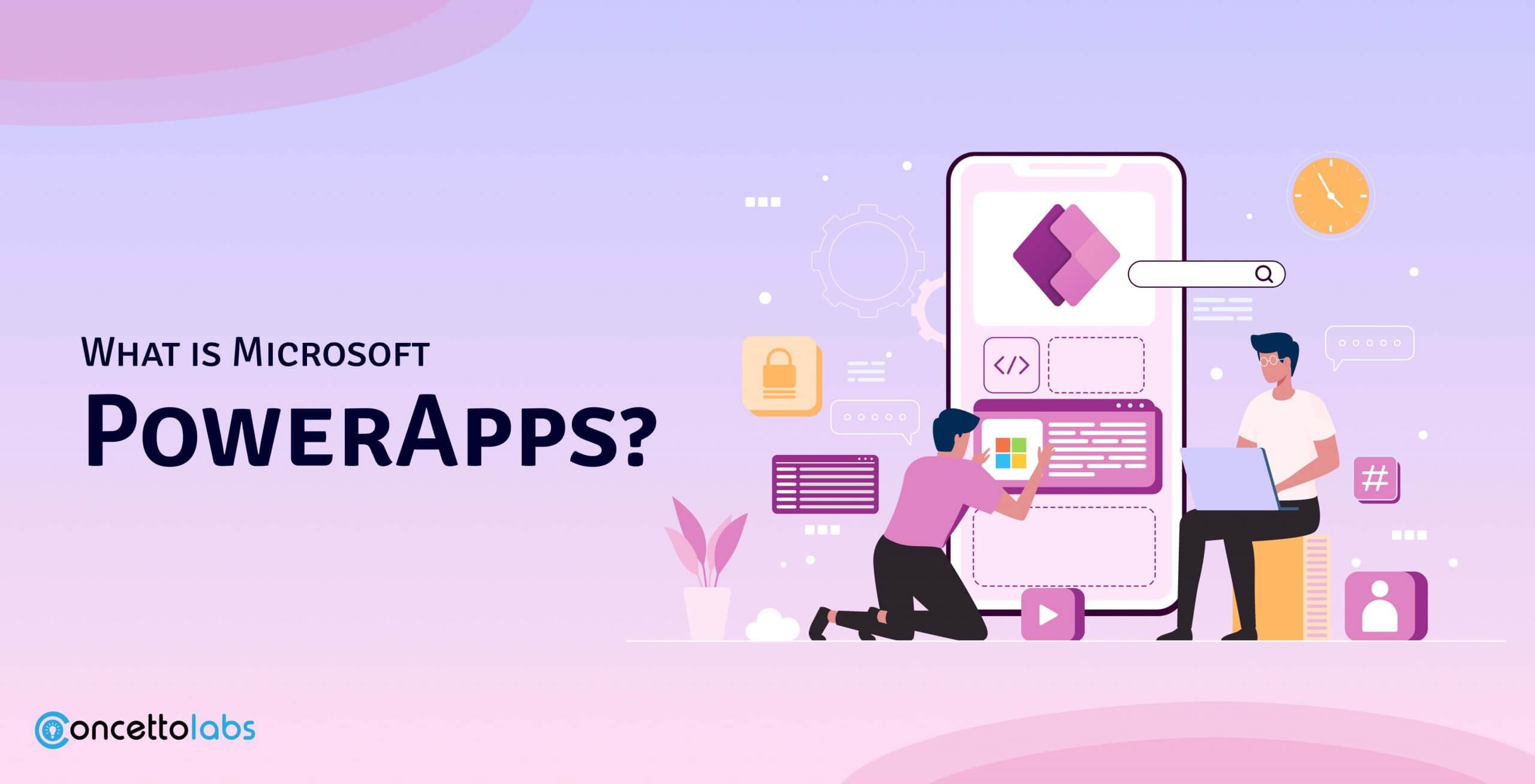
Using PowerApps, you can create and utilize personalized business applications that are compatible with both mobile and online platforms and link to your data. By allowing non-technical people to swiftly design and change apps that address certain business problems, it helps to increase productivity.
Power Apps provides a range of templates for typical company requirements, such inventory monitoring and contact management, or you may start from scratch and build your own unique app. With PowerApps’ integration with Microsoft Flow, you can use triggers like getting an email or modifying a Dynamics 365 record to automate procedures and activities.
What are the Pros and Cons of Microsoft PowerApps?
| Pros | Cons |
| Seamless integration: Power Apps makes it easier to access data and collaborate inside current workflows because of its close connectivity with other Microsoft services including Teams, SharePoint, and Dynamics 365. | Cost: Power Apps has a free plan with basic features, while subscription plans provide more sophisticated functionality and customization possibilities. This can be expensive for those with limited resources or tight budgets. |
| Familiar interface: Power Apps provide a familiar ecosystem and interface for customers who are already accustomed to using Microsoft products. This lowers the learning curve and speeds up adoption.
Unique Functionalities Wide selection of templates, connectors, and pre-built components are just a few of PowerApps’ many features, which let customers build feature-rich, reliable apps without having to write a lot of code. |
Complexity: Although Power Apps have an intuitive interface, users with limited technical knowledge may need to invest some time and effort to become proficient in using their sophisticated features.
Platform dependence: Because Power Apps are a Microsoft product, customers are reliant on its infrastructure and may experience difficulties in the event of service interruptions or outages, which could affect availability and productivity. |
| Enterprise-grade security
Power Apps, a component of the Microsoft ecosystem, abides by strict security guidelines and compliance standards, guaranteeing user and organizational data privacy and safety. |
Limited customization: Power Apps offers a lot of capability right out of the box, but when it comes to flexibility and customization, it might not be as flexible as other platforms, which makes it harder to customize apps to meet certain needs. |
What are the Benefits of Bubble vs PowerApps?
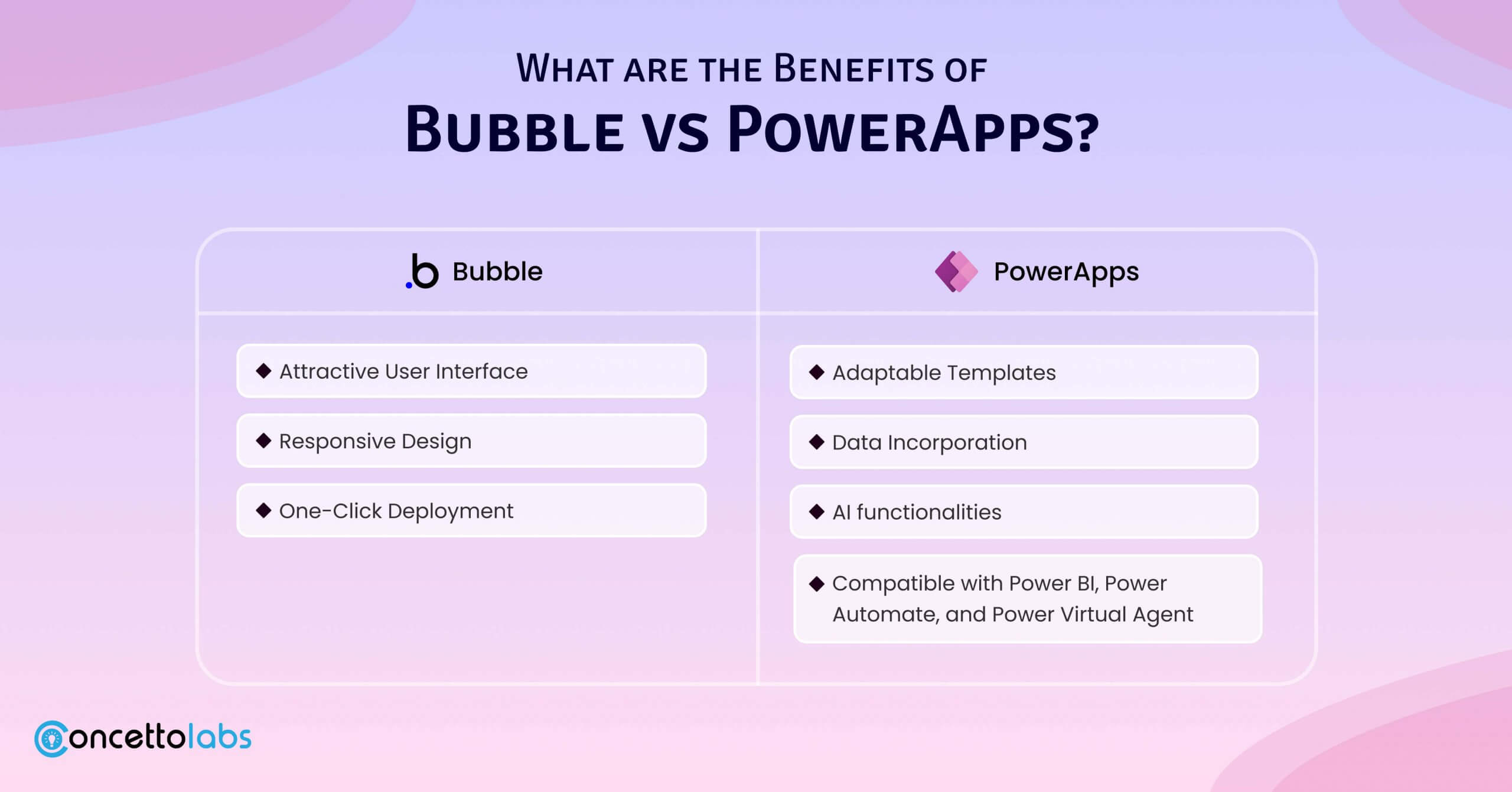
What are the Key Differences Between PowerApps and Bubble?
Here, we have highlighted the main differences between PowerApps and Bubble, depending on their distinct features and capabilities. This comparison aims to help you decide the right platform for your particular development needs.
1. Programming Language Approach
The way that Bubble and Microsoft PowerApps handle programming languages is one clear difference. Bubble transforms the application development process by leveraging a graphical programming language. Microsoft Power Apps, on the other hand, rely on conventional programming languages. Although this may seem difficult for beginners, experienced coders can use it as a platform to create intricate and personalized apps.
2. Web-Based Applications vs Mobile Applications
The canvas that you use to develop your application displays the many methods that these platforms employ. Bubble is unique in the development of web-based applications, offering a limitless degree of freedom and customization. With the help of this flexible platform, you can bring your ideas to life and effectively blend practicality with creativity.
On the other hand, Microsoft Power Apps is a tightly integrated part of the Microsoft ecosystem and specifically designed for developing mobile apps. Its focus on developing mobile applications guarantees exceptional mobility user experiences, seamlessly integrating with Microsoft’s suite of tools.
3. Flat Fees vs Customized Tiers
Bubble and Power Apps take distinct approaches to finances. Bubble offers a customized price plan based on your usage and feature needs. You just pay for what you use, and you can easily modify costs as your project grows.
Microsoft Power Apps, on the other hand, offers access to its extensive platform for a fixed charge. Nevertheless, creating custom apps within the Power Apps environment has additional costs. Making sure your app development path is in line with your goals requires strategic financial planning.

Ready to Expand Your Business?
Get out of the confusion between Bubble and PowerApps and trust us to get the best solutions to drive your business forward.
Contact UsComparison: Microsoft PowerApps vs Bubble
| Features | Bubble | Power Apps |
| User Interface | Attractive and Customizable | Compatible for Microsoft users |
| Programing Language | No-Code, Advanced platform | System similar to excel formula |
| Collaboration | Robust and Scalable Collaboration Tools | More flexible but only with members of the company. |
| Pricing | Flexible Pricing Models | Integrated into Microsoft 365 premium plans |
| Flexibility | High | Integration with other Microsoft services |
| Learning Curve | Moderate | Moderate (Require knowledge of formulas) |
| Scalability | Will require a dedicated server | Premium plans |
| Security | Standard security measures | Enterprise-grade security with Microsoft login |
| Customization | Extensive customization support | Limited compared to Bubble |
| Support | Active Community Support | Microsoft Documentation and support |
| AI | None | Used with AI builder |
| Community Support | A vibrant user base featuring forums and resources to facilitate cooperation and assistance. | There is a strong Microsoft community support network as well as resources for issues and advice. |
| Data Handling | Offers data handling capabilities; nevertheless, further setup may be necessary for complex scenarios. |
Provides efficient data management and real-time updates by integrating with multiple data sources and Microsoft services. |
| Pricing Models | It offers premium and free options in addition to an annual membership plan. | It offers a monthly payment plan and a quote-based pricing structure for customized solutions. |
| Language Supported | only provides support for the English language. | Supported languages: Polish, Dutch, Portuguese, Spanish, French, Russian, Chinese, German, Japanese, and Spanish. |
PowerApps vs Bubble- Which is the Best No Coding Platform?
Focusing on the attributes that meet the goals and specifications of your project as you weigh your selections. Your app ideas can come into existence with the help of Microsoft Power Apps and Bubble, which offer unique advantages such as scalability, ease of use, and integration with existing systems. Making an educated decision based on this thorough feature comparison will enable you to quickly choose the platform that best suits your development needs. Think about the following situations to aid in your decision:
Conditions in which Bubble.io succeeds over Microsoft PowerApps
- For complicated, customized workflows and interfaces that call for a high degree of technical expertise and flexibility, Bubble.io works better.
- Because it contains built-in capabilities for user management and collaboration, it is excellent at creating multi-user applications.
- By contrast, Power Apps is more appropriate for rapidly developing basic business applications using pre-made components and templates.
When Microsoft Power Apps Are Superior to Bubble.io
- When strong connectivity with Microsoft products—like Dynamics 365 and SharePoint—is required.
- When handling huge data volumes scalability are requirements for the solution.
- When adherence to industry rules and security guidelines is crucial.
- When more sophisticated features are required, including artificial intelligence capabilities.
All things considered, PowerApps might be a preferable choice when enterprise-level capabilities are necessary. However, for smaller companies or more straightforward use cases, Bubble.io might be a better option. In the end, everything comes down to the particular requirements and objectives of the company. It’s always a good idea to give every alternative serious thought before deciding which platform to employ.
Conclusion
Both Bubble.io and PowerApps are no-code programming platforms that let users create apps without knowing any code. Both of them are well-liked options for people who wish to make unique programs without needing to know how to code. Nonetheless, the two platforms differ in a few significant ways. Bubble.io is preferable for simpler apps or for users who want more control over the appearance and feel of their app, whereas Powerapps development company are ideal for developing more intricate apps that need extensive data integration, particularly with Microsoft products.
Every platform has advantages and disadvantages, therefore the ideal option for you will rely on your unique requirements and objectives. Please feel free to ask any questions or hire PowerApps developers to know which platform is best for you in the comments section below, and we would be pleased to assist you.
Empower Your Business with PowerApps
Concetto Labs will Deliver the Best Possible Solutions for Your Business Growth.
Reach us Out Today!

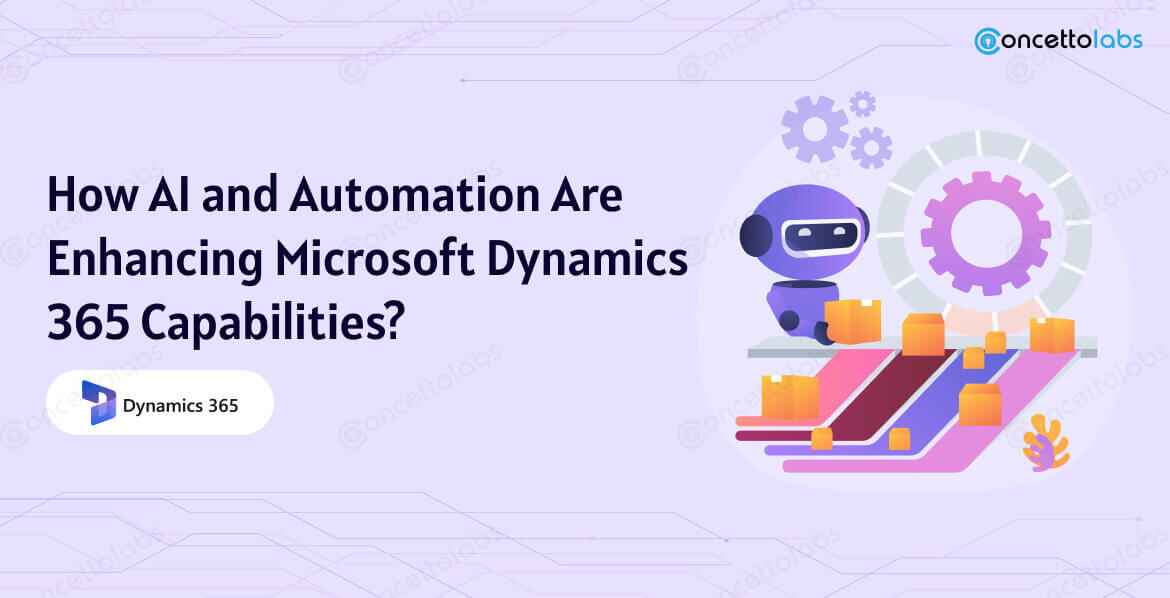
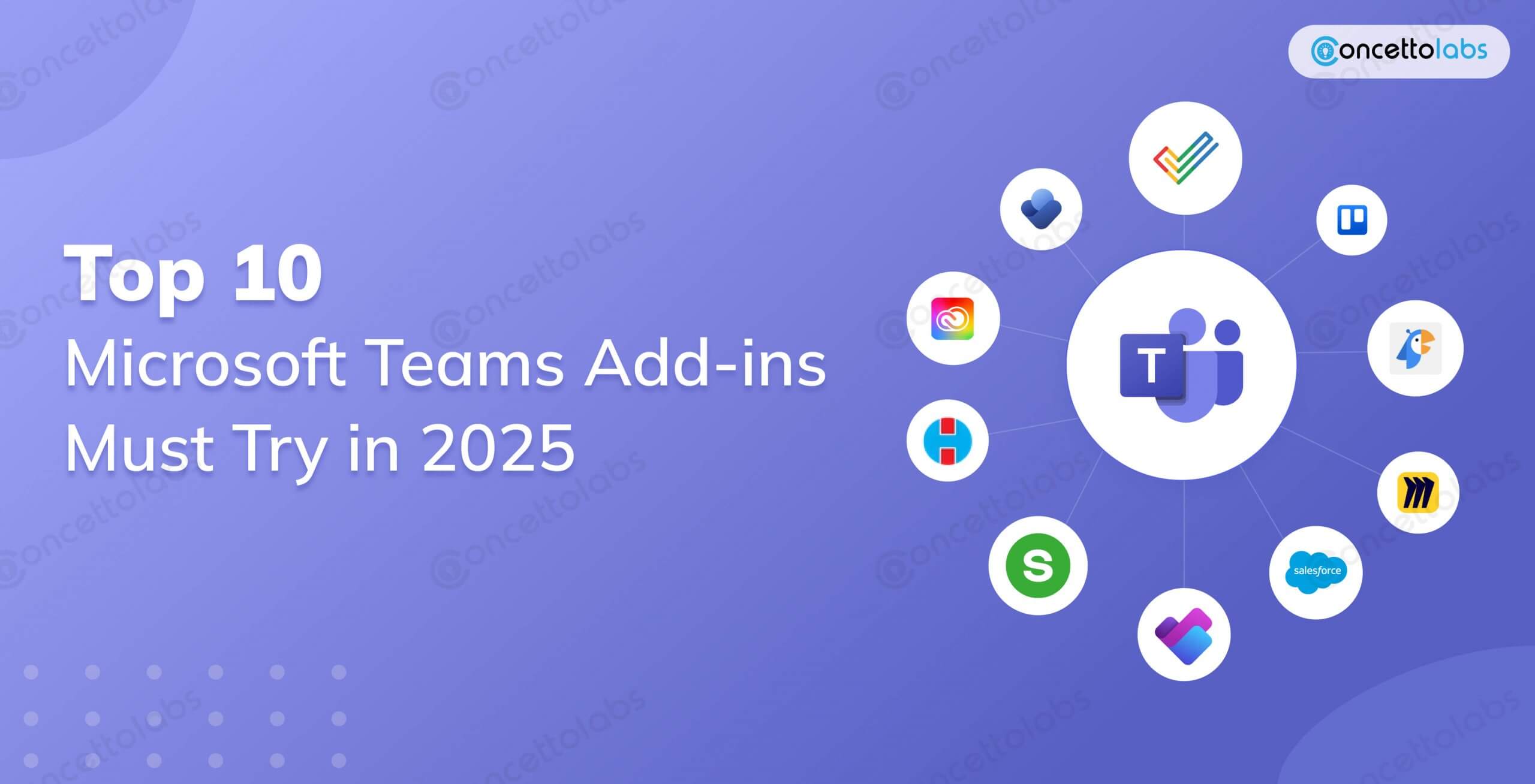





 Indonesia
Indonesia
 Botswana
Botswana
 USA
USA
 Italy
Italy
 Panama
Panama








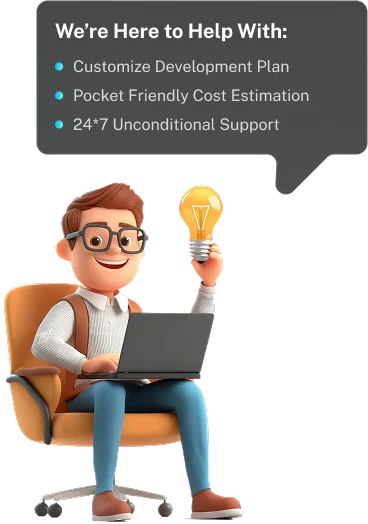
 USA
USA UK
UK Saudi Arabia
Saudi Arabia Norway
Norway India
India Australia
Australia